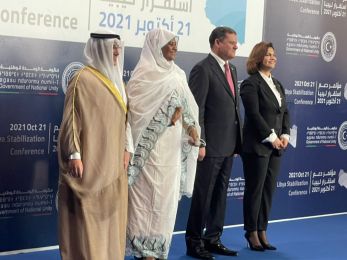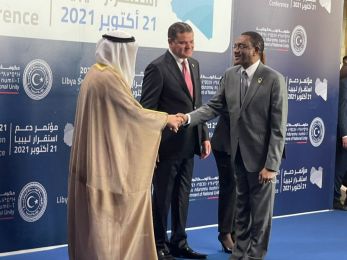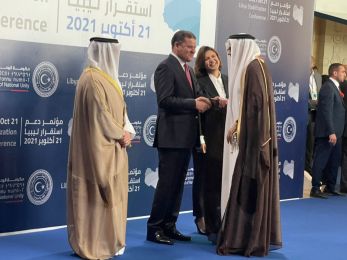Somalia navigates progress amidst persistent challenges
Mogadishu, Somalia (PANA) - Somalia has made significant macroeconomic strides in recent years, but these gains have yet to translate into poverty reduction, with over half of the population still living below the national poverty line, says a new World Bank report, ‘Somalia Poverty and Equity Assessment’.
“Notably, Somalia achieved the historic Heavily Indebted Poor Countries (HIPC) initiative completion point in December 2023, reducing external debt to just 6 percent of GDP,” said Qimiao Fan, World Bank Country Director for Somalia. “Looking ahead, Somalia needs to sustain its macroeconomic progress, promote stability, and implement inclusive policies that create jobs and benefit the poor.”
The report highlights that Somalia continues to experience high poverty rates. While signs of recovery have emerged, growth has not been sufficient to raise GDP per capita, and poverty has remained constant between 2017 and 2022.
It cites several factors that have contributed to the ongoing challenge of poverty reduction, including limited economic opportunities, scarcity of better-paying jobs, and frequent climatic shocks, which particularly affect poor households. In addition, some groups continue to experience alarmingly high poverty rates, especially among the nomadic population (78 percent) and internally displaced persons.
“Climatic shocks like droughts disproportionately impact poorer regions and households, increasing poverty in rural and nomadic communities. These households lack the economic means to manage and recover from such events,” said Kristina Svensson, World Bank Country Manager for Somalia. "The World Bank remains committed to supporting Somalia in building resilience to these shocks and helping vulnerable communities adapt, ensuring a more sustainable and inclusive path toward poverty reduction."
The report further points out that the nomadic population not only suffers from the highest rates of monetary and non-monetary poverty but also faces significant inequality. Herd size, commercialisation, and geographic location contribute to disparities among nomadic households. Nomadic households with larger herds and better access to markets have been able to achieve higher levels of consumption.
“Sustained economic growth and stability are priorities for Somalia to facilitate a conducive environment for poverty reduction,” said Aphichoke Kotikula, World Bank Senior Poverty Economist for Somalia. "The country will need to accelerate job creation and enhance the resilience of rural and nomadic communities."
Given Somalia's limited fiscal space, the report recommends harnessing urbanisation to improve service delivery, particularly in education, as the concentration of the poor in urban areas can make services more accessible and affordable. The report also calls for strengthening the resilience of rural and nomadic livelihoods to climate change and enhancing resource management to ensure sustainable income generation for these vulnerable populations.
The Somalia Poverty and Equity Assessment Report, which builds on the Somalia Integrated Household Budget Survey, offers an in-depth analysis of poverty trends, economic vulnerabilities, and social inequalities in Somalia.
-0- PANA AR/MA 25Sept2024






